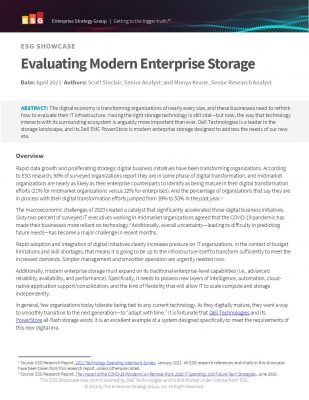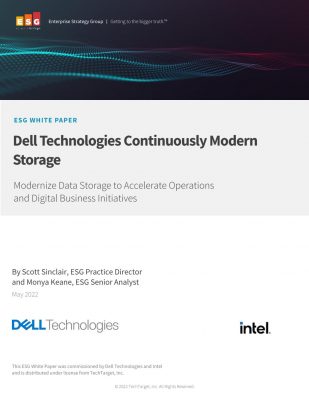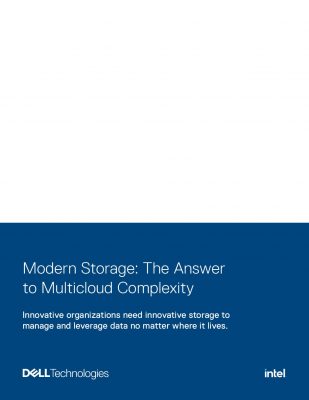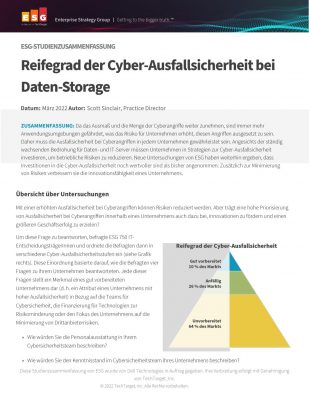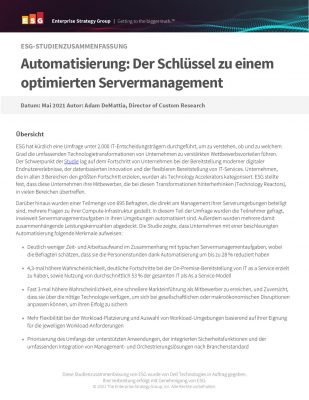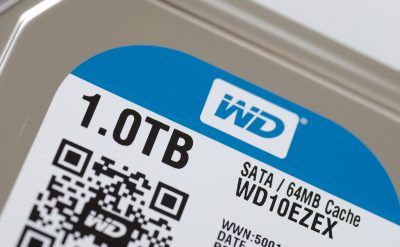Micron Technology, a leading storage company, has announced the release of the first open-source Heterogeneous-memory Storage Engine (HSE). It is designed for Database Management Systems (DBMS) to get the most from Solid-State Drives (SSDs) and Storage-Class Memory (SCM).
Micron said it has designed the “heterogeneous storage engine” (HSE) with massive-scale databases in mind, i.e., “billions of key counts, terabytes of data, and thousands of concurrent operations” and boasted that it “dramatically improves” throughput, latency, write-amplification, and read-amplification versus common alternatives for many workloads.
As HSE is now open-source software, it allows DBMS developers to customize and enhance their code for unique use cases. It comes as a pre-integrated with MongoDB, the most popular NoSQL database. It is also known as ready-to-expand software, as it can reflect new interfaces and storage devices whenever needed.
The announcement not only states about HSE being an open-source but also that the storage engine lowers latency by 11 times. It lowers down the latency through intelligent data placement. The release will massively outperform commonly used storage engine RocksDB by six times than the actual performance.
Derek Dicker, Micron’s General Manager of the Storage Business Unit, said, “As the only company developing storage class memory, flash, and DRAM technologies, Micron is uniquely positioned to build a software stack that accelerates applications running in today’s flash-based storage environments as well as storage class memory-based infrastructure of the future.”
Defining the capabilities of HSE
- When high-scale performance is needed, HSE is the right solution. It allows very large data size, large key counts (billions), high operation concurrency (thousands), or deployment of multiple classes of media.
- It is also designed to be extensible to new storage devices and interfaces. It will enable a broad range of applications and solutions, including the Internet of Things (IoT), 5G, Artificial Intelligence (AI), high-performance computing, and extra storage.
- HSE is capable of integrating with storage applications, including MongoDB, NoSQL databases, and object stores.
- It is also capable of delivering additional performance for software-defined storage such as Red Hat Ceph Storage.
“We see enormous potential in the technologies being introduced by Micron, especially as it takes an innovative approach in lowering the latency between computing, memory, and storage resources,” said Stefanie Chiras, VP and General Manager of Red Hat Enterprise Linux. “We look forward to working with Micron in the open-source community to further build out these innovations, ultimately bringing new choices to the storage world derived from open standards and concepts,” he added.



